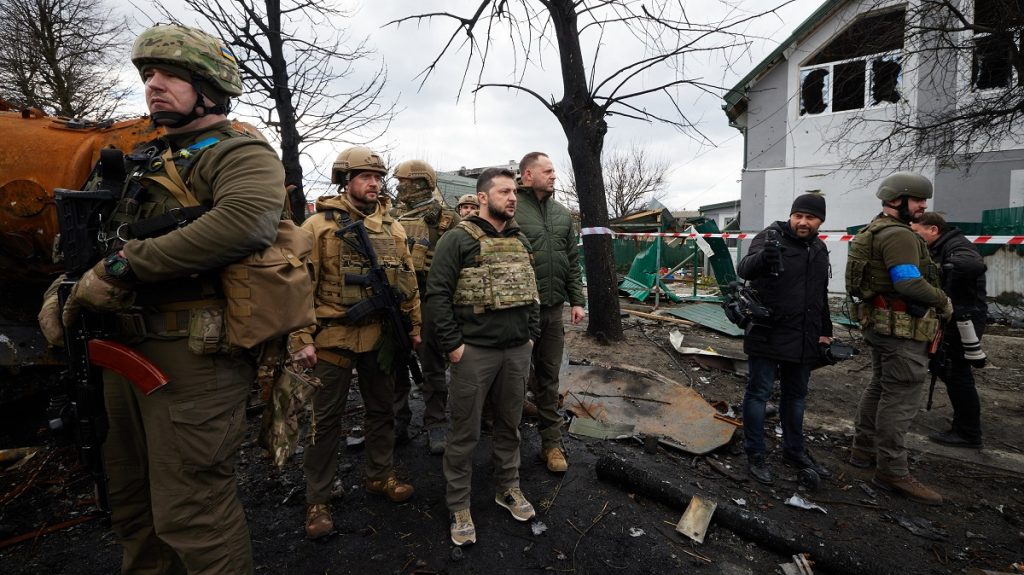
“Precision can change the course of a war.” That guiding principle found full expression this August 2025, as Ukrainian long-range drones pulled off one of the most damaging strikes yet against Russia’s Iskander missile infrastructure. More than a tactical success, the attack against the Molkino military training ground in Krasnodar Krai exposed vulnerabilities in one of Moscow’s prized missile brigades.
Photographs of burnt launchers, gutted support vehicles, and hangars started to appear weeks later through Russian and Ukrainian Telegram channels. The OSINT analysts managed to piece together the scope of damage-a strike that could have a ripple effect on Russia’s operational planning. The following sections break down the most important elements of this strike, from the hardware destroyed to the strategic implications.
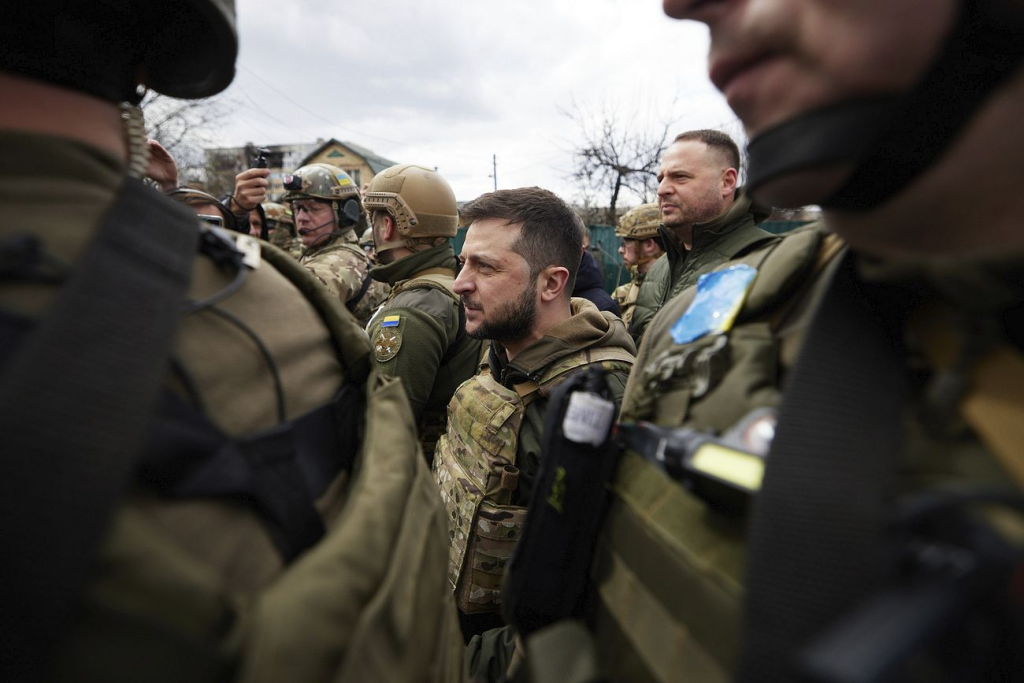
1. Molkino Training Ground – stroke.
The Molkino facility is an important southern Russia facility for regular unit training and private military company training, such as Wagner. It is also close to Goryachy Klyuch, the permanent base of the 1st Guards Rocket Brigade armed with the 9K720 Iskander-M system. At least according to Defense Express, open-air parking areas, storage hangars, and warehouses appear to be struck in the strike, suggesting Ukrainian planners sought to cripple both active and reserve assets.

2. Coordinated Strike of Fourteen Drones
The attack was carried out by fourteen long-range kamikaze drones, reportedly launched in the second half of August 2025. According to a post shared in the OSINT channel CyberBoroshno, during one night raid, these drones allegedly breached Russian defenses and struck the base at several points. That scale of drone use reflects how Ukraine has had to adapt to an expanding Russian air defense network by exploiting gaps with massed low-cost platforms.
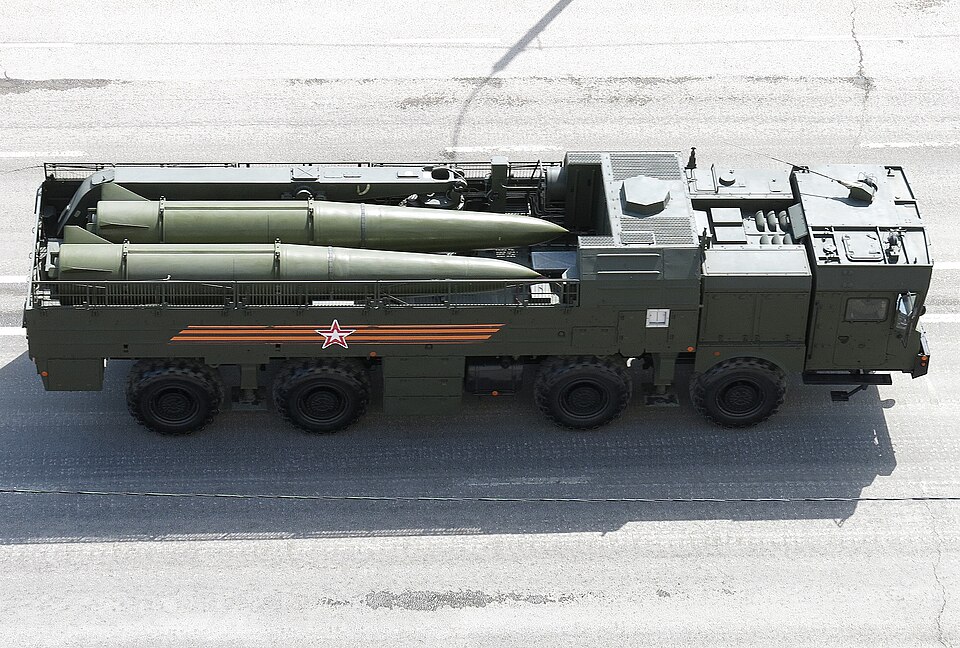
3. Iskander core asset destruction
Images confirm that one 9P78-1 transporter-erector launcher and five 9T250 transporter-loader vehicles – all on MZKT-7930 chassis – were destroyed. These vehicles provide the backbone of mobility and reload capability for an Iskander missile battery. The loss reduces the overall ability of the brigade to sustain rapid-fire operations, and to flexibly reposition launchers threatened by enemy counterbattery fire.

4. Capabilities of Iskander-M System
The Iskander-M is a road-mobile, operational-tactical SRBM system fitted out with ballistic and cruise missiles having a range of up to 500 km. The quasi-ballistic trajectory, terminal manoeuvres, and possible decoy payloads make interception difficult. A typical brigade has up to 12 TELs, supported by reloaders, command posts, and information stations which enable precision strikes on hardened or mobile targets.
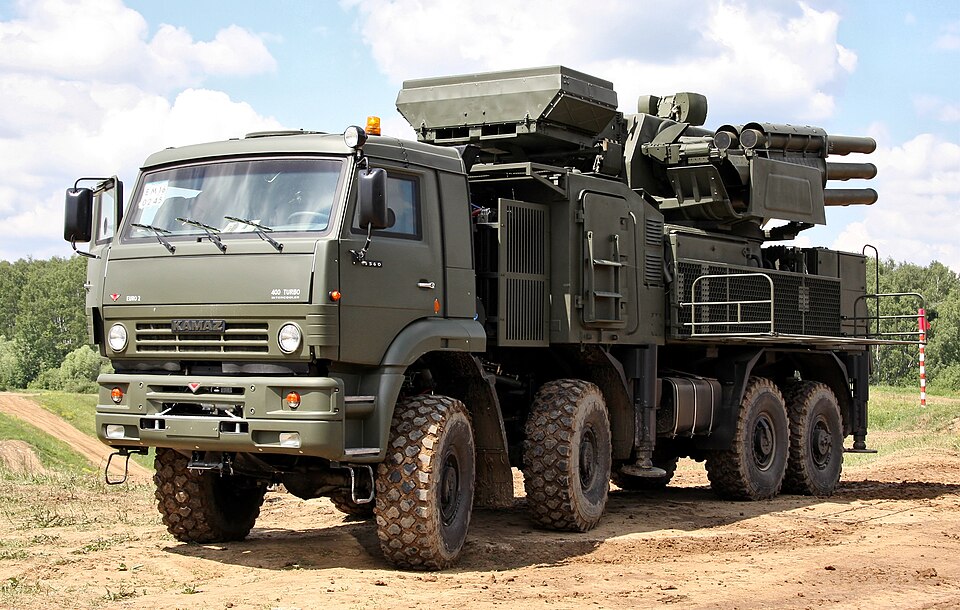
5. Collateral Damage to Air Defense
Besides the missile units, one Pantsir-S1 air-defense system was reportedly destroyed in the strike. This matters because Pantsir systems protect high-value assets such as Iskander launchers against aerial threats, and damaging one opens the door to follow-up strikes on remaining missile systems by reducing local air defense coverage.

6. Strategic Blow against the 1st Guards Rocket Brigade
Analysts said that given the location, which has been quite active in strikes against Ukrainian cities, it probably belonged directly to the 1st Guards Rocket Brigade. The loss will hurt its combat readiness and dent the symbolic prestige of Russia’s missile forces because the brigade serves as a showcase unit for Moscow’s precision strike capability.

7. OSINT Verification and Battle Damage Assessment
Verification has come through OSINT due to photos taken by the Russian soldiers themselves, then leaked out via Telegram channels. Analysts have compared vehicle types, burn patterns, and hangar layouts against known imagery of Molkino. The incident itself has not been officially confirmed by either side, but the visual evidence does fit with reported Ukrainian operational objectives and known Russian deployments.

8. Implications for Russian Missile Operations:
One Iskander brigade operates more than 50 operational and logistic vehicles. The loss of six core chassis is not crippling, per se, but does force logistical strain the replacement MZKT-7930 platforms are produced in Belarus, and sanctions may slow replenishment. If such attrition is sustained, it would likely force Russia to either ration its missile use or reassign assets from other theaters.

9. Ukrainian Pattern of Targeting Iskanders:
This was not the first attack by Ukraine against the Iskander systems. On 5 June, the Security Service of Ukraine conducted a raid against the Iskander unit in Bryansk region and destroyed the equipment of the 26th Missile Brigade. These attacks expose a deliberate campaign to erode Russia’s tactical missile capability and hence undermine its ability to conduct precision strikes deep into Ukrainian territory.
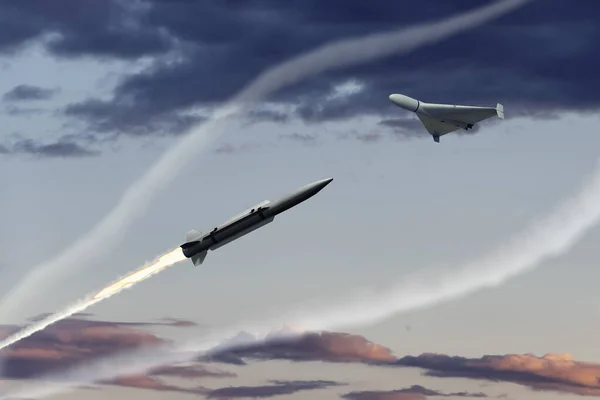
10. Wider Context of Air Defense Strain:
In October of 2025, Ukrainian interception rates for Russian drones and missiles fell to 54%, underlining the difficulty in defending against massed, mixed-type barrages. The strike at Molkino, in damaging both offensive and defensive systems, forms part of a wider contest of degrading each side’s strike and shield capabilities.
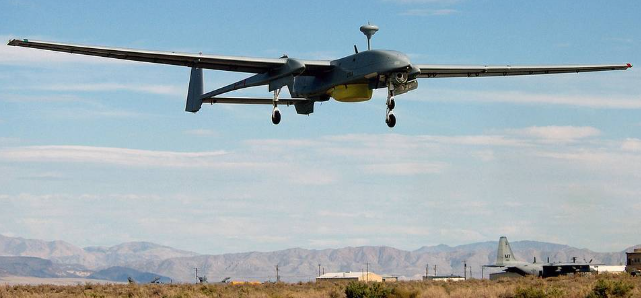
11. Lessons for Modern Warfare:
The drone attack at Molkino showed the power of a coordinated drone strike against a high-value, well-defended target and, equally important, the vulnerability of even advanced missile brigades when static assets are exposed. For the military planners, the event serves to reinforce principles of dispersal and mobility with layered defense in order to preserve strategic strike capabilities. This August 2025 Molkino strike was more than a tactical victory-it was an example of how precision, timing, and intelligence can take out key parts of the opponent’s strike complex.
Other than just material losses, Ukraine struck at the capacity of Russia to project power from one of its most capable brigades by destroying the missile launchers and their supporting systems. These operations in this emerging strike-defense competition may set the course of conflict as much as battles on the front line.


